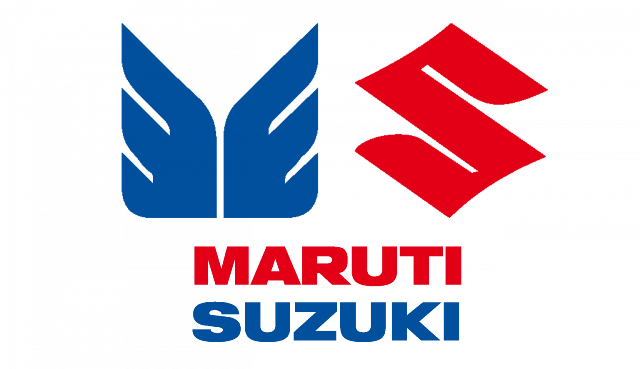
by Team Small News | Aug 31, 2025 | Audi, Automobile, BMW India, Honda, Mercedes Benz
The Directorate of Enforcement (ED) conducted search operations at locations linked to an Odisha-based businessman, Shakti Ranjan Dash, in Bhubaneswar on Saturday. The raids were related to an ongoing money laundering investigation in a bank fraud case involving M/s...

by Team Small News | Aug 31, 2025 | Automobile, Maruthi
Maruti Suzuki True Value (MSTV), the pre-owned car retail channel of Maruti Suzuki, has achieved a significant milestone by surpassing 60 lakh sales. Established in 2001, the platform has been consistently providing a reliable and safe channel for customers to... by Team Small News | Aug 30, 2025 | Automobile
The article from autoevolution features a design concept that reimagines a pickup truck that has been largely forgotten. The concept in question is a reworking of the Ford Ranchero, a vehicle that was produced from 1957 to 1979. The Ranchero was a coupe utility...

by Team Small News | Aug 30, 2025 | Automobile, Toyota
El condensador de aire acondicionado para Toyota Sienna es un componente crucial en el sistema de climatización del vehículo. Este condensador, fabricado por Global Parts con el número de parte 3284C, es compatible con los modelos Toyota Sienna de los años 2004 a...

by Team Small News | Aug 30, 2025 | Automobile, Hero MotoCorp, TVS
The Hero Xoom 125 and TVS NTorq 125 are two popular 125cc scooters in the market, known for their sporty and performance-oriented features. In a head-to-head comparison, the Xoom 125 stands out with its fresh and modern design, featuring 14-inch machined cast alloy...

by Team Small News | Aug 30, 2025 | Automobile, Renault
The 2025 Renault Kiger Facelift has been recently reviewed in a first drive by DriveSpark, and the results are promising. According to the review, the updated Kiger is definitely a contender in the sub-4 meter compact SUV segment. The facelifted model boasts several...

by Team Small News | Aug 30, 2025 | Automobile, Honda
Honda Motorcycle & Scooter India (HMSI) recently hosted a Road Safety Convention in Ludhiana, Punjab, as part of its corporate social responsibility (CSR) initiatives for FY26. The event aimed to promote road safety awareness and education among the public,...

by Team Small News | Aug 30, 2025 | Automobile, Piaggio
The European Union Intellectual Property Office (EUIPO) has rejected the Piaggio Group’s attempt to register a three-dimensional trademark for the shape of a scooter. The Piaggio Group, manufacturer of the iconic Vespa, had filed an application to protect the... by Team Small News | Aug 30, 2025 | Ashok Leyland, Automobile
Willowvale Motor Industries has allocated $5 million to initiate an assembly agreement with Ashok Leyland, a global vehicle manufacturer. The funds will be used to purchase assembly kits for buses and trucks to be assembled in Harare, Zimbabwe. This agreement has been...

by Team Small News | Aug 29, 2025 | Automobile, Volkswagen
The second-generation Volkswagen T-Roc has been unveiled, and it may be the brand’s last all-new vehicle to feature a combustion engine. The new T-Roc is based on the Golf platform and boasts a refreshed design with a family resemblance to other Volkswagen...







